Rising Energy Costs
The small wind-power market is experiencing a notable shift as energy costs continue to rise. With traditional energy sources becoming increasingly expensive, consumers are seeking alternative solutions. The average residential electricity price in the US has seen an increase of approximately 15% over the past five years. This trend is prompting homeowners and businesses to consider small wind turbines as a viable option for reducing energy bills. By harnessing wind energy, users can potentially offset their electricity costs significantly. Furthermore, as energy prices are projected to rise further, the demand for small wind-power solutions is likely to increase, driving growth in the market. This shift towards renewable energy sources aligns with broader sustainability goals, making the small wind-power market an attractive investment for those looking to mitigate rising energy expenses.
Regulatory Frameworks
The regulatory frameworks surrounding renewable energy are increasingly favorable for the small wind-power market. Various states have implemented policies that promote the installation of small wind systems, including streamlined permitting processes and interconnection standards. For example, states like Texas and California have established incentives that encourage homeowners and businesses to invest in small wind technology. These regulations often include tax credits and rebates, which can significantly reduce the upfront costs associated with purchasing and installing wind turbines. As more states adopt supportive policies, the small wind-power market is expected to benefit from increased installations and investments. This regulatory support not only enhances market growth but also fosters a more competitive landscape, encouraging innovation and further advancements in small wind technology.
Environmental Awareness
Growing environmental awareness among consumers is significantly influencing the small wind-power market. As climate change concerns escalate, individuals and businesses are increasingly motivated to adopt sustainable energy solutions. Surveys indicate that over 70% of Americans are willing to support renewable energy initiatives, reflecting a shift in public sentiment. This heightened awareness is driving demand for small wind turbines, as they offer a clean and renewable energy source. Additionally, the small wind-power market benefits from the increasing emphasis on reducing carbon footprints. As more consumers prioritize eco-friendly practices, the adoption of small wind systems is likely to rise, contributing to market expansion. This trend is further supported by educational campaigns and community initiatives that promote the benefits of renewable energy, thereby enhancing the visibility and appeal of small wind-power solutions.
Technological Innovations
Technological innovations are playing a crucial role in shaping the small wind-power market. Advances in turbine design, materials, and efficiency have made small wind systems more accessible and effective. For instance, the introduction of vertical-axis wind turbines has expanded the potential for installation in urban environments, where space is limited. Additionally, improvements in energy storage solutions are enhancing the viability of small wind systems, allowing users to store excess energy for later use. The market has seen a reduction in the average cost of small wind turbines, which has decreased by approximately 20% over the last decade. These innovations not only improve the performance of small wind systems but also make them more appealing to a broader audience. As technology continues to evolve, the small wind-power market is likely to experience sustained growth driven by these advancements.
Decentralized Energy Generation
The trend towards decentralized energy generation is reshaping the small wind-power market. As consumers seek greater energy independence, small wind systems are becoming an attractive option for generating power on-site. This shift is particularly relevant in rural areas, where access to centralized power grids may be limited. The ability to produce energy locally not only reduces reliance on traditional utilities but also enhances energy security. Furthermore, the small wind-power market is likely to benefit from the increasing interest in microgrids and community energy projects. These initiatives promote the use of small wind systems as part of a broader strategy to create resilient and sustainable energy solutions. As the demand for decentralized energy solutions grows, the small wind-power market is poised for significant expansion.


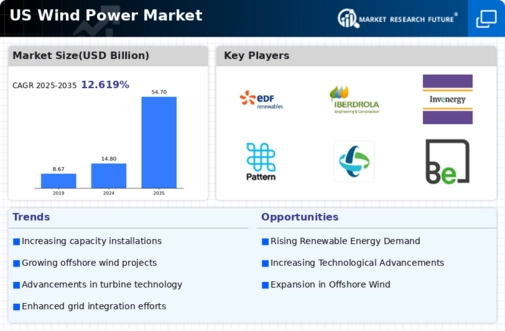
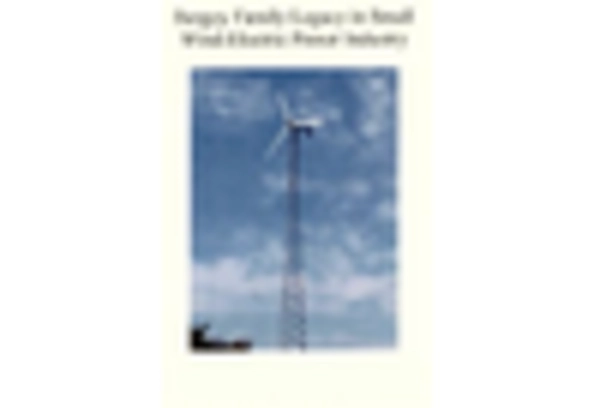
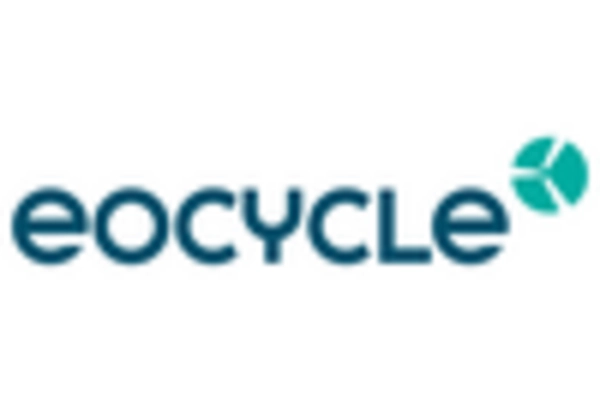
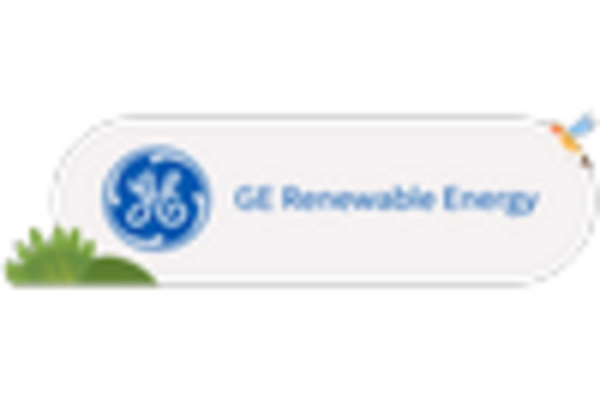
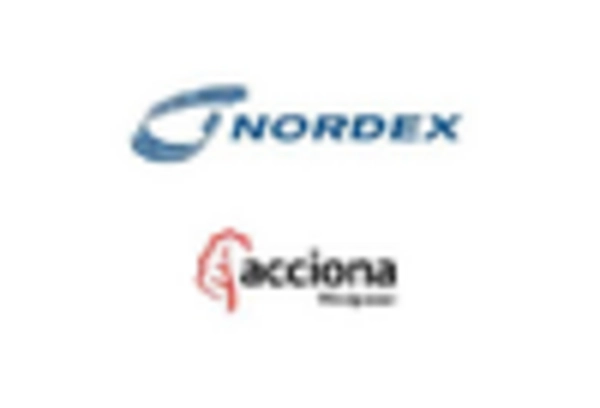










Leave a Comment